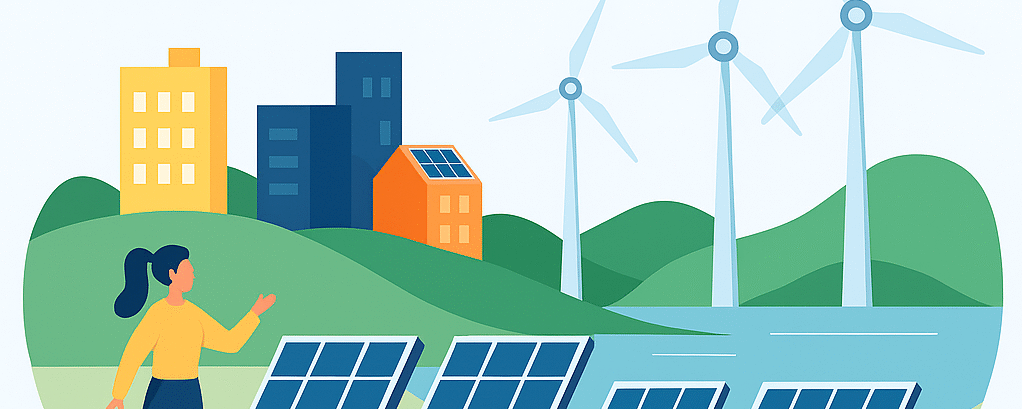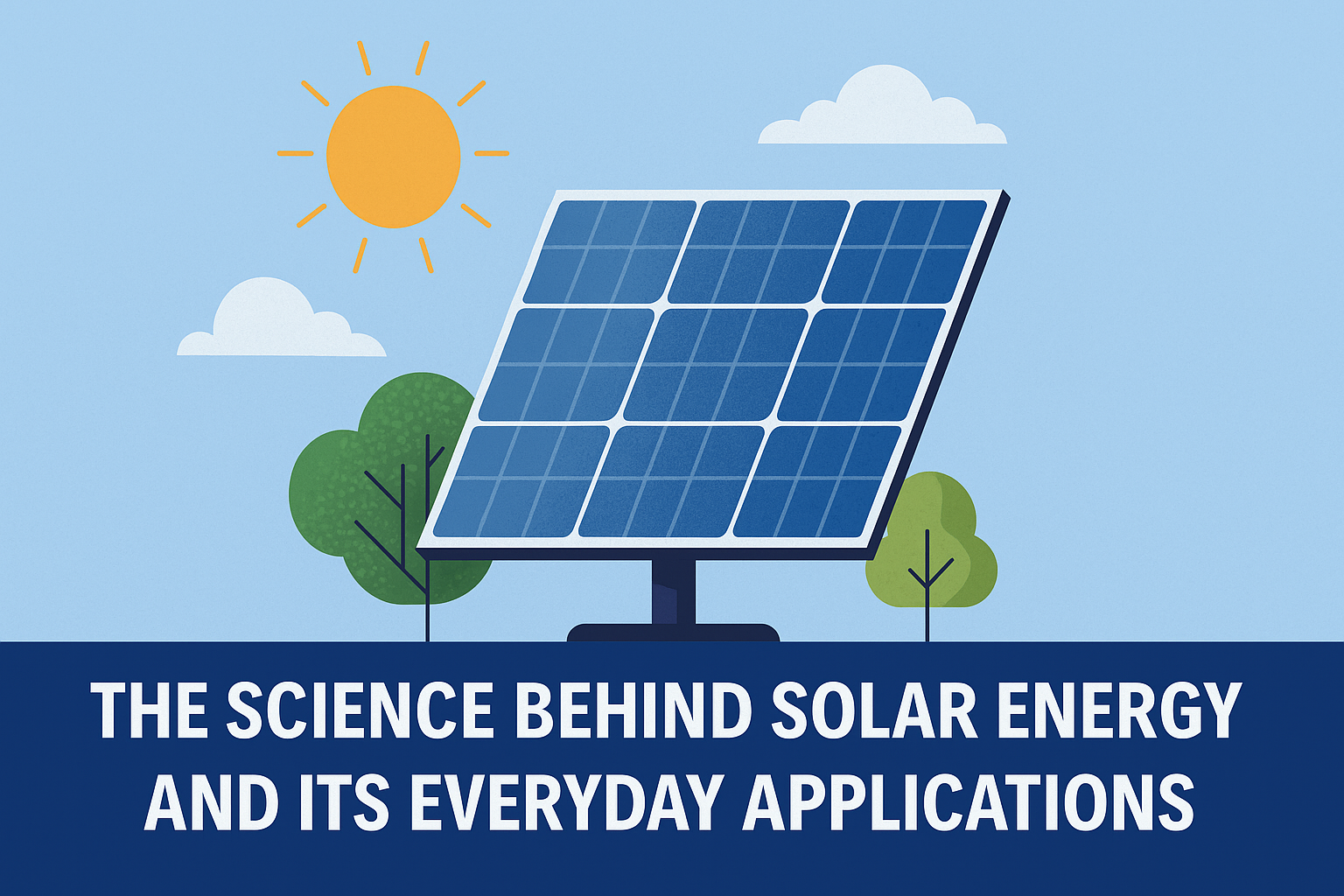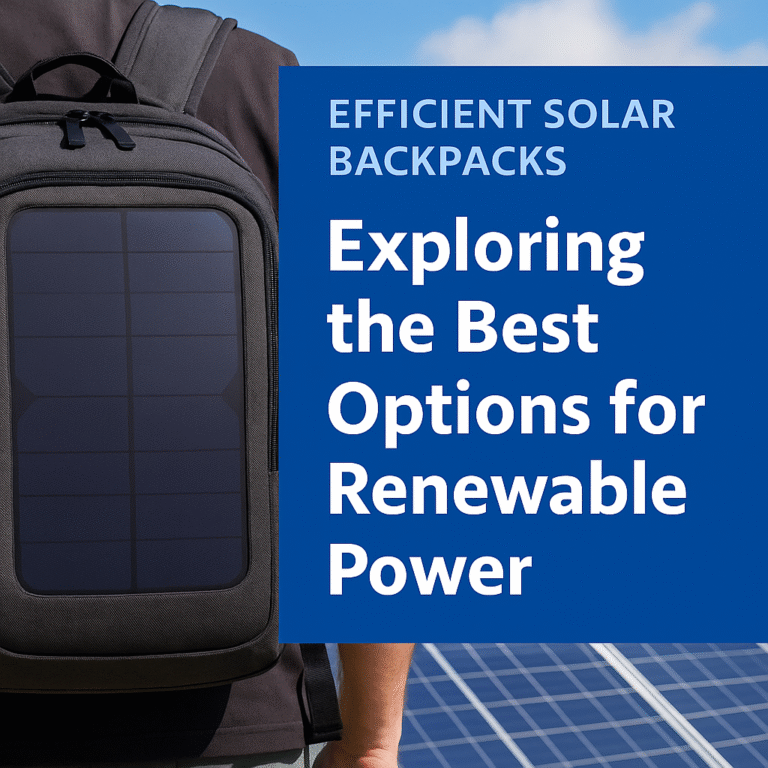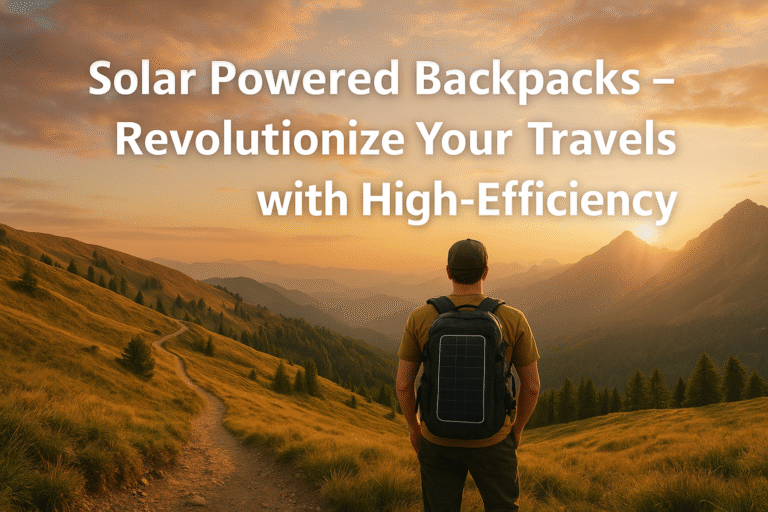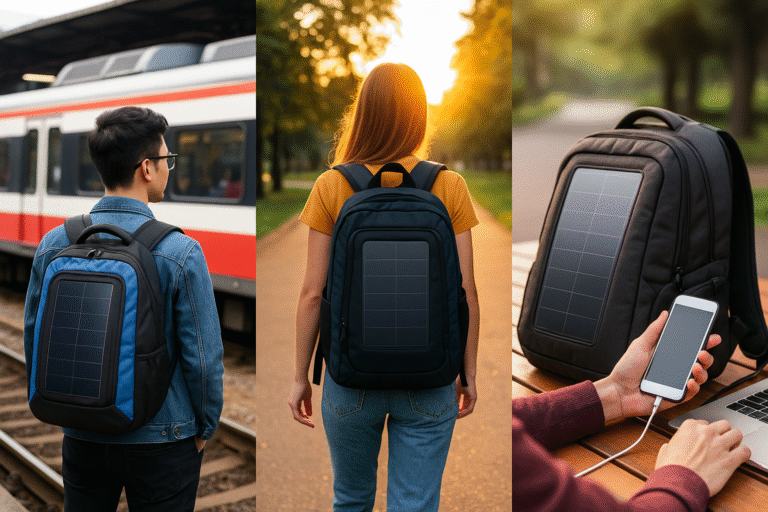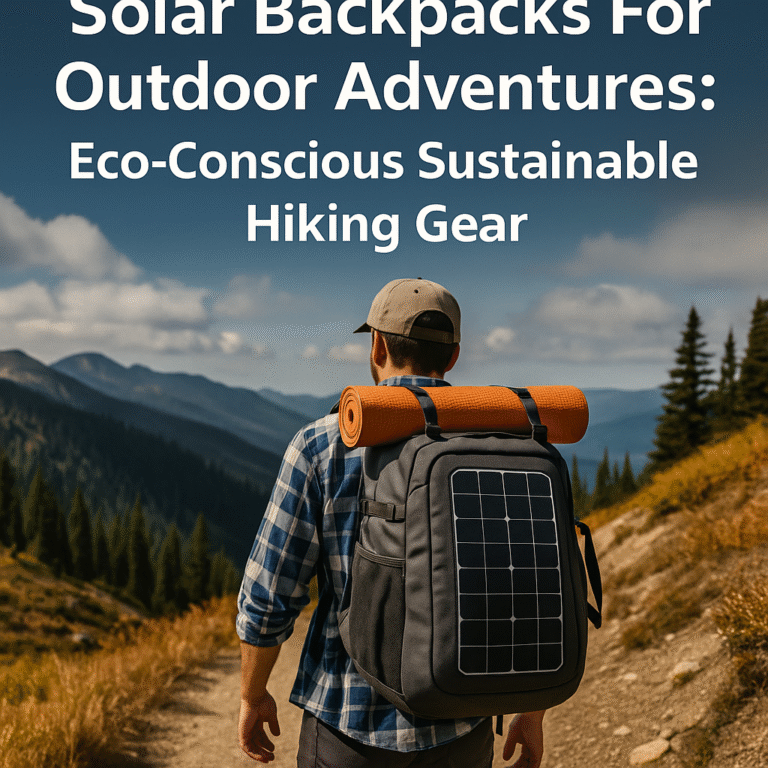The Science Behind Solar Energy and Its Everyday Applications
The Science Behind Solar Energy and Its Everyday Applications
Solar energy is one of the most abundant and sustainable energy sources available to us. But how does it work, and how is it being used in our everyday lives? In this blog, we’ll explore the **science behind solar energy** and its practical applications, from powering homes to charging your devices on the go.
By understanding the principles of **solar energy science**, we can better appreciate its potential to revolutionize the way we generate and consume energy. Let’s dive into the fascinating world of solar power and discover how it’s transforming our lives with **clean energy** and **renewable power**.
How Solar Energy Works: The Basics
At its core, **solar energy** is the process of capturing sunlight and converting it into usable electricity. This is achieved through the use of photovoltaic (PV) cells, which are the building blocks of solar panels. Here’s a simplified breakdown of how it works:
Photovoltaic Effect
When sunlight hits a PV cell, it excites electrons in the cell’s semiconductor material (usually silicon). This creates an electric current, which can then be harnessed to power electrical devices. This phenomenon is known as the **photovoltaic effect**, and it’s the foundation of **solar energy science**. Learn more about this photovoltaic technology.
Solar Panels
Multiple PV cells are connected to form a solar panel, which can generate significant amounts of electricity when exposed to sunlight. These panels are often installed on rooftops or in large solar farms to capture as much sunlight as possible. Discover this solar panel solution.
Inverters and Batteries
The electricity generated by solar panels is in the form of direct current (DC), which needs to be converted into alternating current (AC) for most household appliances. This is done using an inverter. Additionally, excess energy can be stored in batteries for use when the sun isn’t shining. Explore this solar inverter and battery system.
Everyday Applications of Solar Energy
**Solar energy** is no longer limited to large-scale power plants. Today, it’s being used in a variety of everyday applications, making **clean energy** more accessible than ever. Here are some of the most common uses:
Residential Solar Power
Homeowners are increasingly turning to solar panels to power their homes. These systems can significantly reduce electricity bills and provide a reliable source of energy, even during power outages. Learn more about this residential solar solution.
Portable Solar Chargers
Portable solar chargers allow you to charge your devices on the go, making them perfect for outdoor adventures or emergency situations. These compact devices are a great example of how **solar energy science** is being applied in practical ways. Check out this portable solar charger.
Solar-Powered Lights
Solar-powered lights are a popular choice for outdoor lighting, from garden lamps to streetlights. They’re energy-efficient, easy to install, and don’t require any wiring. Discover this solar-powered lighting solution.
Solar Water Heaters
Solar water heaters use sunlight to heat water for household use, reducing the need for traditional water heating methods. This is a cost-effective and eco-friendly way to meet your hot water needs. Explore this solar water heater.
Solar-Powered Vehicles
While still in the early stages, solar-powered vehicles are an exciting development in the world of transportation. These vehicles use solar panels to generate electricity, reducing their reliance on fossil fuels. Learn more about this solar-powered vehicle technology.
The Benefits of Solar Energy
**Solar energy** offers numerous benefits, making it a key player in the transition to **clean energy** and **renewable power**. Here are some of the most significant advantages:
Environmental Impact
Solar energy produces no greenhouse gas emissions, making it one of the cleanest energy sources available. By reducing our reliance on fossil fuels, we can significantly lower our carbon footprint and combat climate change. Discover this eco-friendly solar solution.
Cost Savings
While the initial investment in solar panels can be high, the long-term savings on electricity bills make it a cost-effective solution. Additionally, many governments offer incentives and rebates to offset the cost of installation. Learn more about this cost-saving solar option.
Energy Independence
By generating your own electricity, you can reduce your dependence on the grid and protect yourself from rising energy costs. This is especially valuable in remote areas where access to electricity is limited. Explore this energy independence solution.
Low Maintenance
Solar panels require minimal maintenance, with most systems only needing occasional cleaning and inspections. This makes them a hassle-free option for homeowners and businesses alike. Check out this low-maintenance solar system.
The Future of Solar Energy
As technology continues to advance, the future of **solar energy** looks brighter than ever. Innovations like perovskite solar cells, solar skins, and solar windows are pushing the boundaries of what’s possible, making solar power more efficient and accessible.
Moreover, the integration of solar energy with other renewable sources, such as wind and hydropower, is creating a more resilient and sustainable energy grid. By embracing these advancements, we can move closer to a future powered entirely by **clean energy** and **renewable power**.
Conclusion: Embrace the Power of the Sun
**Solar energy science** is transforming the way we generate and consume energy, offering a sustainable and eco-friendly alternative to traditional power sources. From powering homes to charging devices on the go, the applications of solar energy are vast and varied.
By understanding the science behind solar energy and embracing its everyday applications, we can take meaningful steps towards a cleaner, greener future. So, why wait? Start exploring the potential of **solar energy** today and join the movement towards a more sustainable world.
